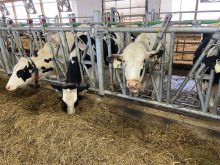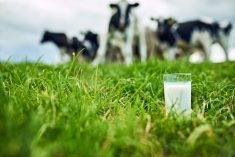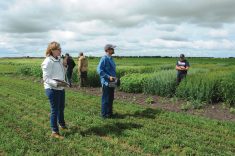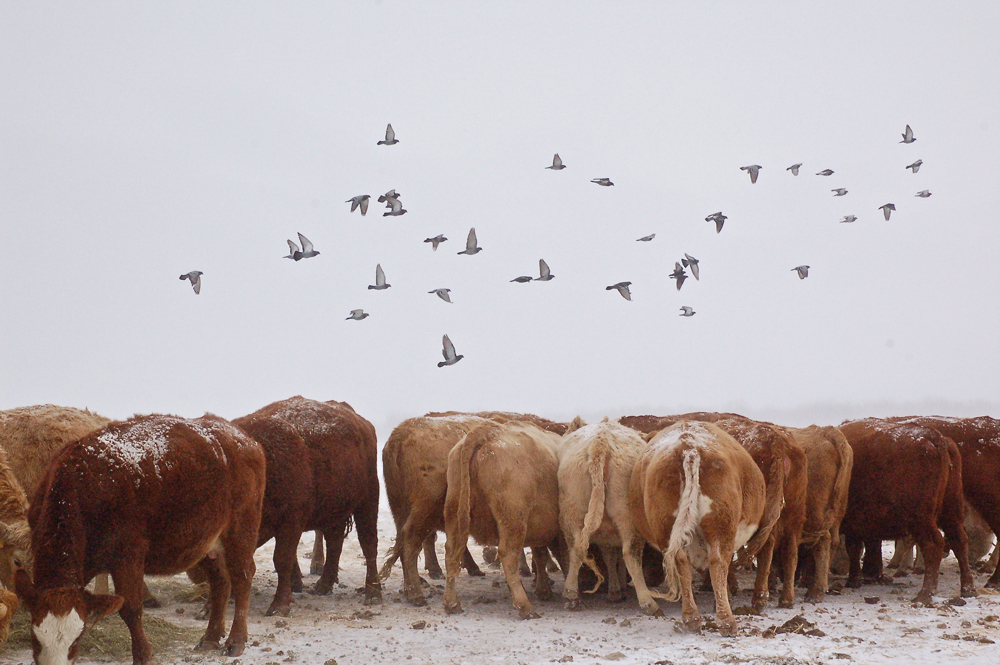It’s been a long time since the last update of national feed regulations, but the Animal Nutrition Association of Canada hopes that will soon change.
“I’m really optimistic,” executive director Melissa Dumont said at the organization’s May conference in Winnipeg. “We really are expecting these regulations to be published in 2024 unless someone in the government at a very high level for some reason makes this stop.”
Canada’s feed regulations spell out the rules by which animal nutritionists and feed companies must operate. They govern most aspects of feed formulation.
Read Also

Finally getting paid for sustainable farming?
Alberta project says they might have a line on a workable ecosystem credit model to reward farmers for sustainability, and Manitoba might be next
The last regulations were introduced in 1983, long before current scientific methods were in practice. The new regulations are intended to update the rules with the last 40 years of advances in knowledge and techniques.
Operating under 40-year-old rules has been a frustration for producers, nutritionists and companies alike.
Industry was told an update was coming over a decade ago. The government announced its intention to revamp the regulations in 2011, with an expected one-to-three-year implementation.
But the process bogged down, and “we’re still talking about it today,” Dumont said.
However, there are signs that the new regulations will be announced sometime this year. They are expected to include:a delineation of which products need to be registered in Canada;
- more flexibility in the basic nutritional content of feeds, removing the minimum and maximum levels of some nutrients in mixed feeds;
- an easier process for amending regulations when feeding science advances;
- allowance for more veterinary products to be mixed into feed;
- a requirement for all commercial processing facilities to be enrolled in the FeedAssure program; and
- better licensing of feed businesses.
Dumont said she never thought the 1983 regulations would still be in force in 2024.
“Here we are 10 years later and still don’t have (the new regulations) published, but … the good news is that the end is finally in sight.”
















